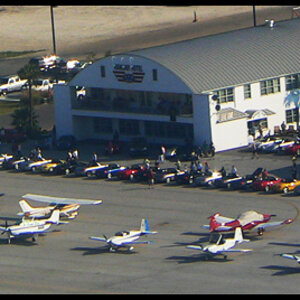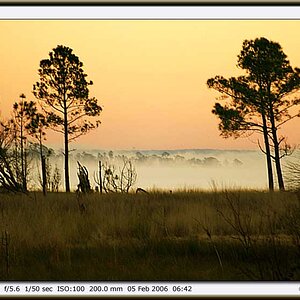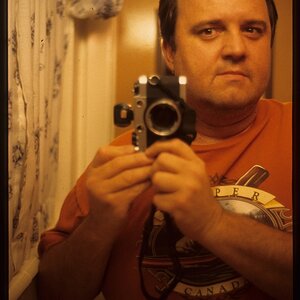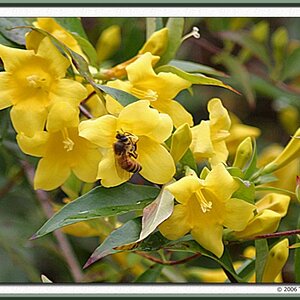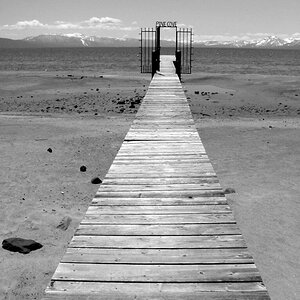huntsman
TPF Noob!
- Joined
- May 9, 2013
- Messages
- 7
- Reaction score
- 0
- Location
- South Africa
- Can others edit my Photos
- Photos OK to edit
I have always used Canon, but am not dogmatic.
I love birdwatching and need a camera that is very fast, great with focussing, well-pixelated (if there is such a term), and very good in low light conditions.
I realise this will cost me a bundle, but hope to find a good used camera. What I really don't want to do is get stuck with the wrong body and have to change it, though I am well aware that the lens is probably as important, if not more so.
Actually, if you prefer to suggest a great lens, please feel free as I will be heading there next...
Here's hoping you can assist me in my choice. :hail:
I love birdwatching and need a camera that is very fast, great with focussing, well-pixelated (if there is such a term), and very good in low light conditions.
I realise this will cost me a bundle, but hope to find a good used camera. What I really don't want to do is get stuck with the wrong body and have to change it, though I am well aware that the lens is probably as important, if not more so.
Actually, if you prefer to suggest a great lens, please feel free as I will be heading there next...

Here's hoping you can assist me in my choice. :hail:



![[No title]](/data/xfmg/thumbnail/38/38749-a4ef503184d13a9c7592221cb44ac5e8.jpg?1619738704)
![[No title]](/data/xfmg/thumbnail/35/35952-55c8d42ec1c6ff0e13b45356cbf9c068.jpg?1619737263)
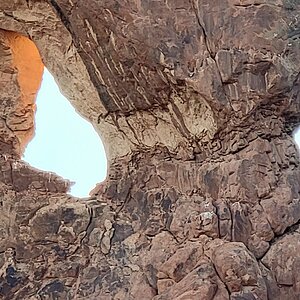
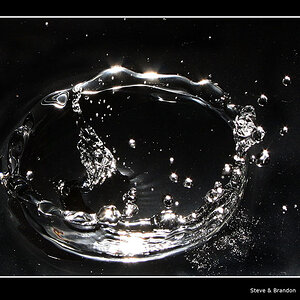
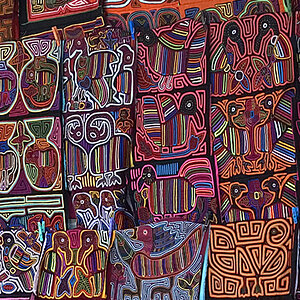
![[No title]](/data/xfmg/thumbnail/37/37170-3e18af574ed51cce5bdf99af9d3cab40.jpg?1619737908)
![[No title]](/data/xfmg/thumbnail/38/38746-205d04e58b9f6c2f0e464742d3372d19.jpg?1619738704)
